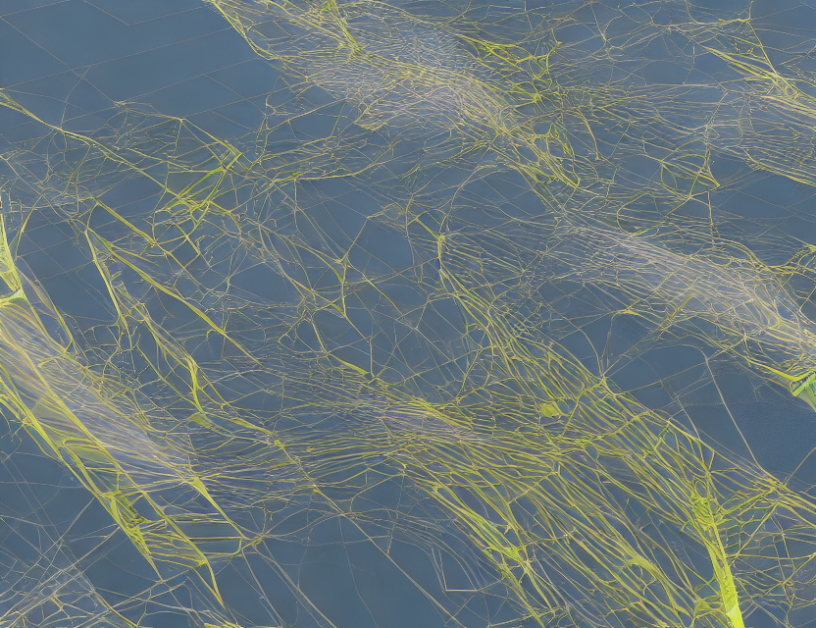In this paper, we explore the diffusion of light in a random medium, which is crucial for understanding various phenomena in physics and engineering. We present a mathematical framework to study the diffusion process using the Wigner transform, which allows us to obtain a local conservation law for the intensity of the field. Our approach involves breaking down the Wigner transform into two components: one representing the wave packet and the other representing the Fourier transform. By examining the properties of these components, we can derive the main result of the paper, which is an equation that relates the probability densities of the field to its Wigner transform. This equation is useful for understanding how the diffusion process affects the probability distribution of the field.
To better understand the concepts presented in this paper, let’s consider a simple example. Imagine you are holding a flashlight in a dark room filled with randomly positioned objects. When you shine the light, it will diffuse in all directions due to the random movements of the objects. The Wigner transform helps us visualize how this diffusion process occurs by creating a "Wigner picture" that shows the probability distribution of the light intensity at each point in space and time. By analyzing this picture, we can determine the probability densities of the light field before and after it diffuses through the medium.
One important aspect of the paper is the assumption made about the dispersion relation ω(k). We assume that ω(k) depends only on the magnitude of k, which allows us to simplify the analysis. This assumption is reasonable in many cases, but it does limit the applicability of our results. Nevertheless, our approach provides a useful framework for understanding the diffusion process and can be used as a starting point for more advanced theories that account for additional complexities.
In conclusion, this paper offers a mathematical introduction to the diffusion of light in a random medium using the Wigner transform. Our approach involves breaking down the Wigner transform into two components and deriving an equation that relates the probability densities of the field to its Wigner transform. This equation can be used to understand how the diffusion process affects the probability distribution of the field, and it has important implications for various fields such as physics and engineering. By using everyday language and engaging analogies, we hope to make this complex concept more accessible and easier to comprehend for the average reader.



